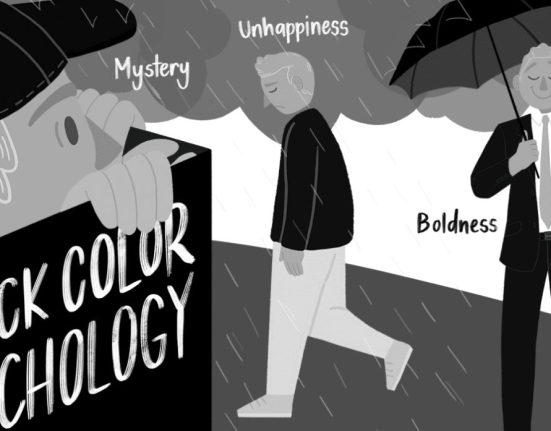
When we look outside our windows, trees stand tall and silent, seemingly just existing. Yet, as we delve deeper into the world of these magnificent organisms, we uncover a surprising truth – trees have more in common with us than we might have ever imagined.
The Silent Conversations of Nature
Upon initial observation, it is tempting to perceive trees as unyielding and inert things, firmly established in their connection to the earth’s surface. Nevertheless, extensive research has indicated that these towering trees exhibit traits that challenge the distinction between the botanical and the human realms.
Trees as Earth’s Silent Guardians

Trees serve a crucial and indispensable part in our everyday existence by furnishing us with necessary commodities such as paper, furniture, and lumber. However, the inherent worth of these entities resides in their capacity to purify the atmosphere and enhance the ecological conditions. Some even offer the sweet bounty of fruit. It’s a selfless act, and one can’t help but wonder if it hints at a deeper connection between trees and humans.
The Emotional World of Trees
While trees lack a nervous system and cannot experience emotions in the same way humans do, recent research suggests that they may not be entirely devoid of feelings. Neurotransmitters like serotonin, produced by trees, hint at a form of consciousness. Moreover, trees react to various stimuli, showcasing a limited emotional range.
Surprisingly, trees possess sensory abilities akin to humans. They can perceive temperature changes, moisture levels, and even respond to touch. This sensitivity allows them to adapt and protect themselves from environmental stressors, such as extreme weather and insect infestations.
The Tears and Screams of Trees
One of the most astonishing discoveries is that trees can cry and scream, albeit in their own unique ways. “Tears” form as a result of positive root pressure, a process essential for growth, and the “screams” occur when trees are in distress. These ultrasonic cries may go unheard by the human ear, but they serve as a poignant reminder of the pain trees endure.
Seeing, Hearing, Tasting, and Communicating
Trees may lack human sensory organs, but they possess a remarkable ability to perceive their surroundings. They grow towards light sources, hear human voices, taste nutrients through their roots, and communicate through various chemical, hormonal, and electrical signals.
When we examine the fundamental needs and anatomy of trees, parallels with human biology become apparent. Trees need water, food, and air, much like we do, albeit for different purposes. Their xylem acts as a natural straw, transporting water to every corner of their being, while sap flows through them like blood.
As we contemplate the intricate lives of trees and their striking similarities to us, it’s essential to appreciate and protect these vital beings. Trees, our silent companions on this planet, play a pivotal role in maintaining environmental balance, improving air quality, and supporting human health. Before these ancient giants vanish from our landscapes forever, let us cherish and preserve their unique existence. After all, the secret lives of trees are a testament to the wondrous interconnectedness of all life on Earth.
References
Also Read: Cancel Culture: Public Shaming in the Digital Age










Leave feedback about this